I'm not reinventing the wheel (too much) here. There have been articles about plugging interfaces to the MO5 since, well.... it existed. The French magazine Science & Vie used to have a few pages each month around 1986 where a simple circuit was made and some BASIC listing was provided to make it work. This was my first exposure to actual computer hacking and I was not even 10. During the following years, I turned to these articles to try and learn how to make it do more than what it was meant to do... and failed because of lack of support, time, money, experience, tools, parts availability... Oh and I didn't even have a computer. Soon, I would get an Amstrad/Sinclair PC200 (8086@8MHz) and my conversion to the ugly PC world would start.
The MO5 is a very hackable machine, and despite its shortcomings, it's easily repaired (except the keyboard, damnit). I had a book detailing its internal design since my teens so I know well how it works, what it can do and what it can't.

I love it even more now because the Raspberry Pi has become a complicated system that changes every year and requires a lot of precautions... Linux has slowly become a huge beast... Power comes at a cost !
The Thomson MO/TO family of computers is still actively used by many French enthusiasts, 30 years after Thomson's home computer branch folded (a brief history is available in French). A great quantity of information is available at http://dcmoto.free.fr/ including software, books and technical documents. It's also a recurring theme on forums such as https://forum.system-cfg.com/
For now I just want to make basic hardware interfaces : the boards that connect to the cartridge slot and the bus extension port. There are a few challenges but nothing crazy, it's plain old tech :-)
Later projects include :
- GPIO interface board (optoisolated ?) to control sensors, motors, coils, automation... for example to control a model railroad circuit :-)
- Dual-port SRAM cartridge with external upload/download => enable development of cartridges in assembly, or a multicart system ?
But for now I just want to make simple circuits and boards, and document them here, even offer some Gerber.
Logs:
1. Damned connectors
2. Extension surprises
3. More extensions
4. Servomotors...
5. Edge connectors (again)
6. Change of strategy
.
 Yann Guidon / YGDES
Yann Guidon / YGDES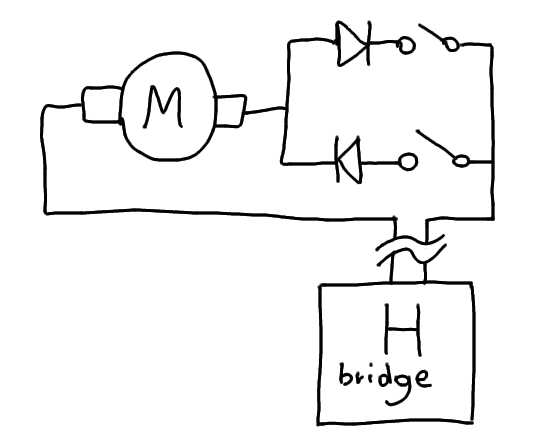




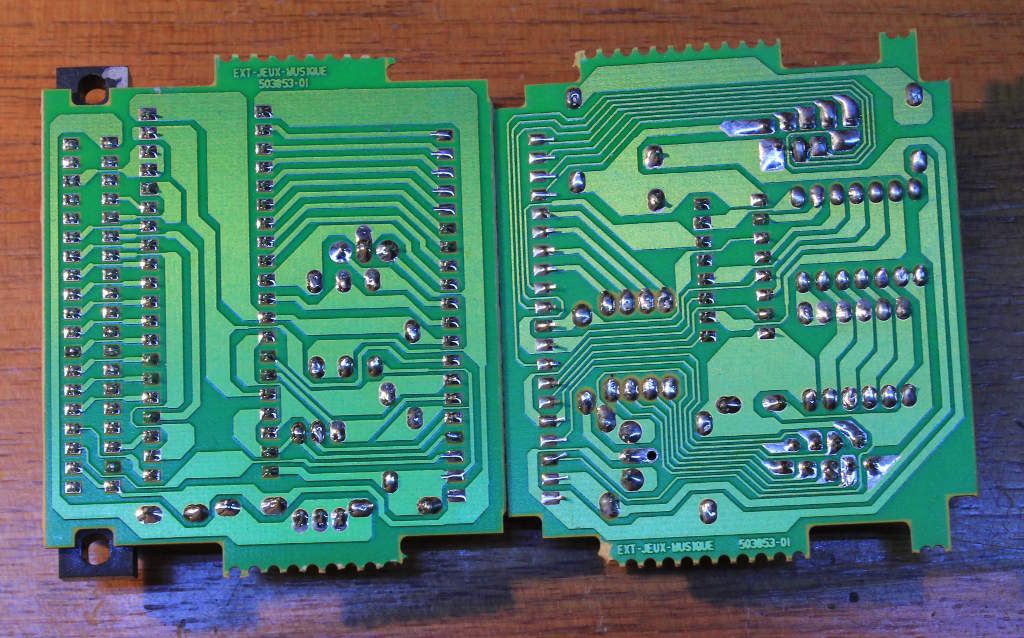

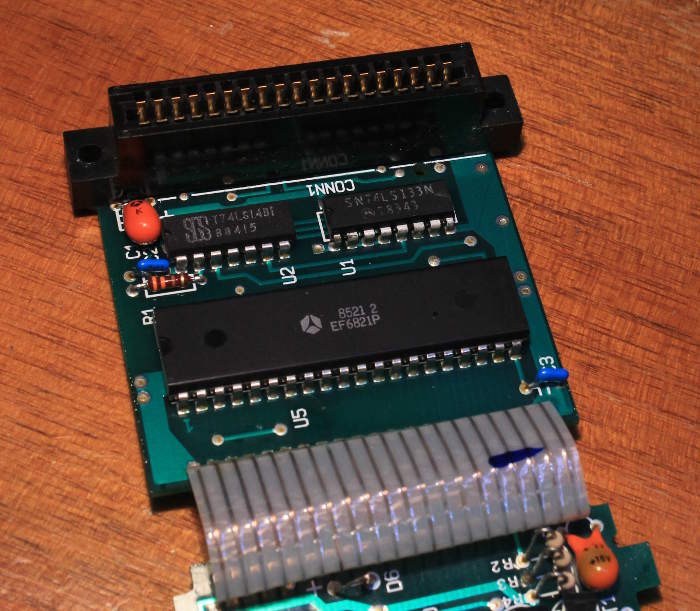



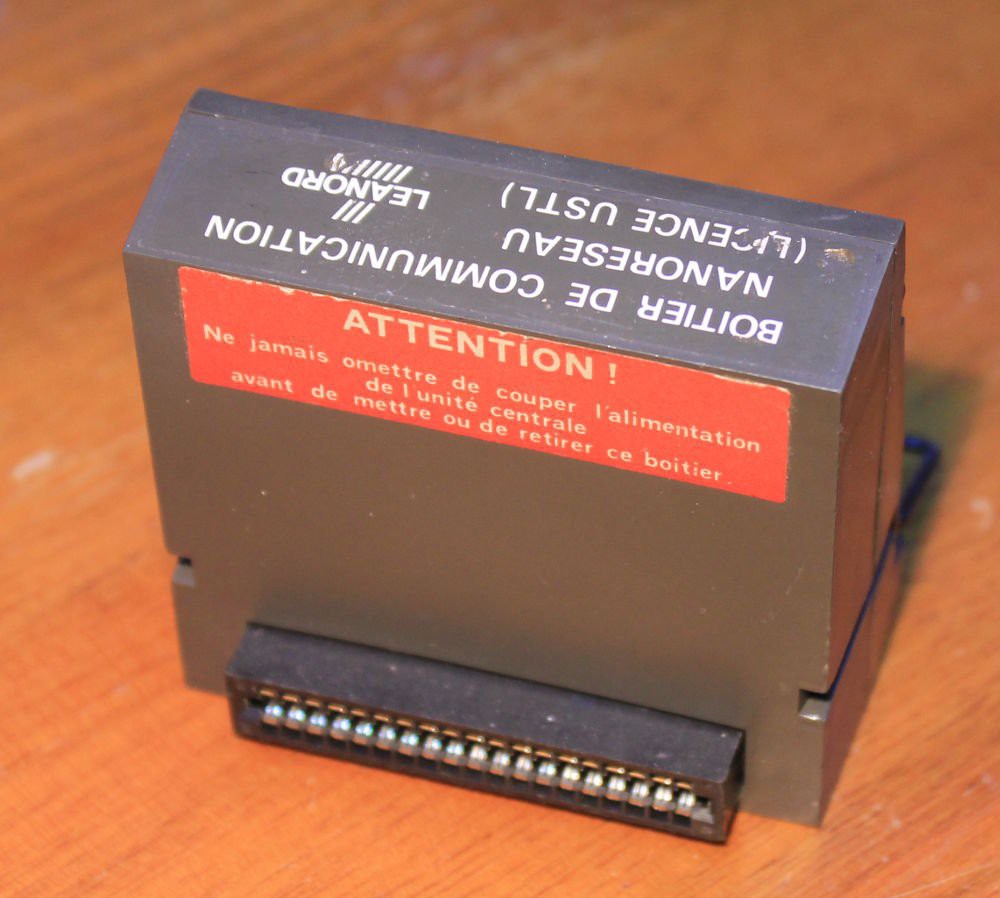


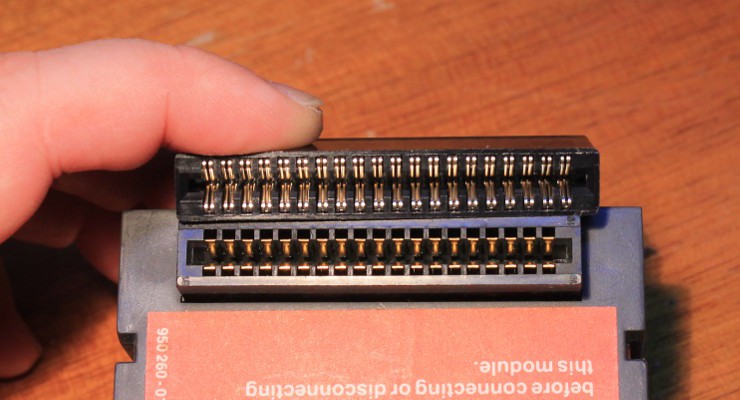
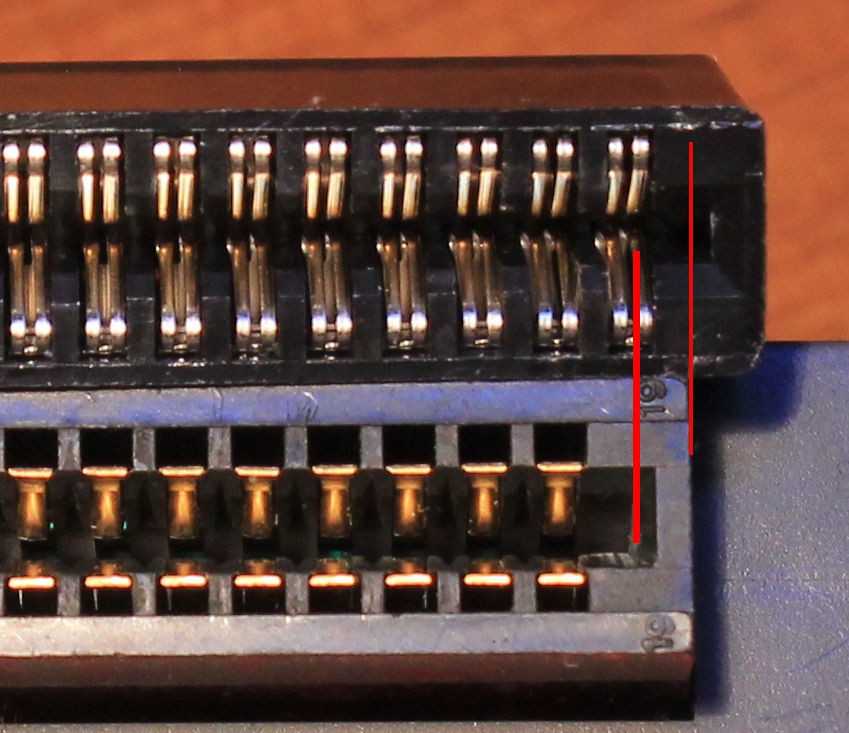

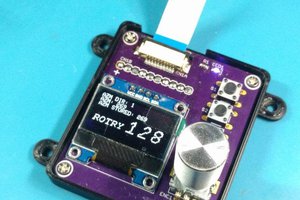
 CriptasticHacker
CriptasticHacker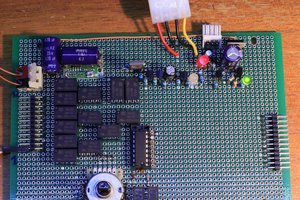
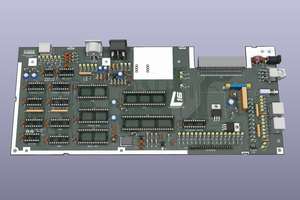
 SukkoPera
SukkoPera